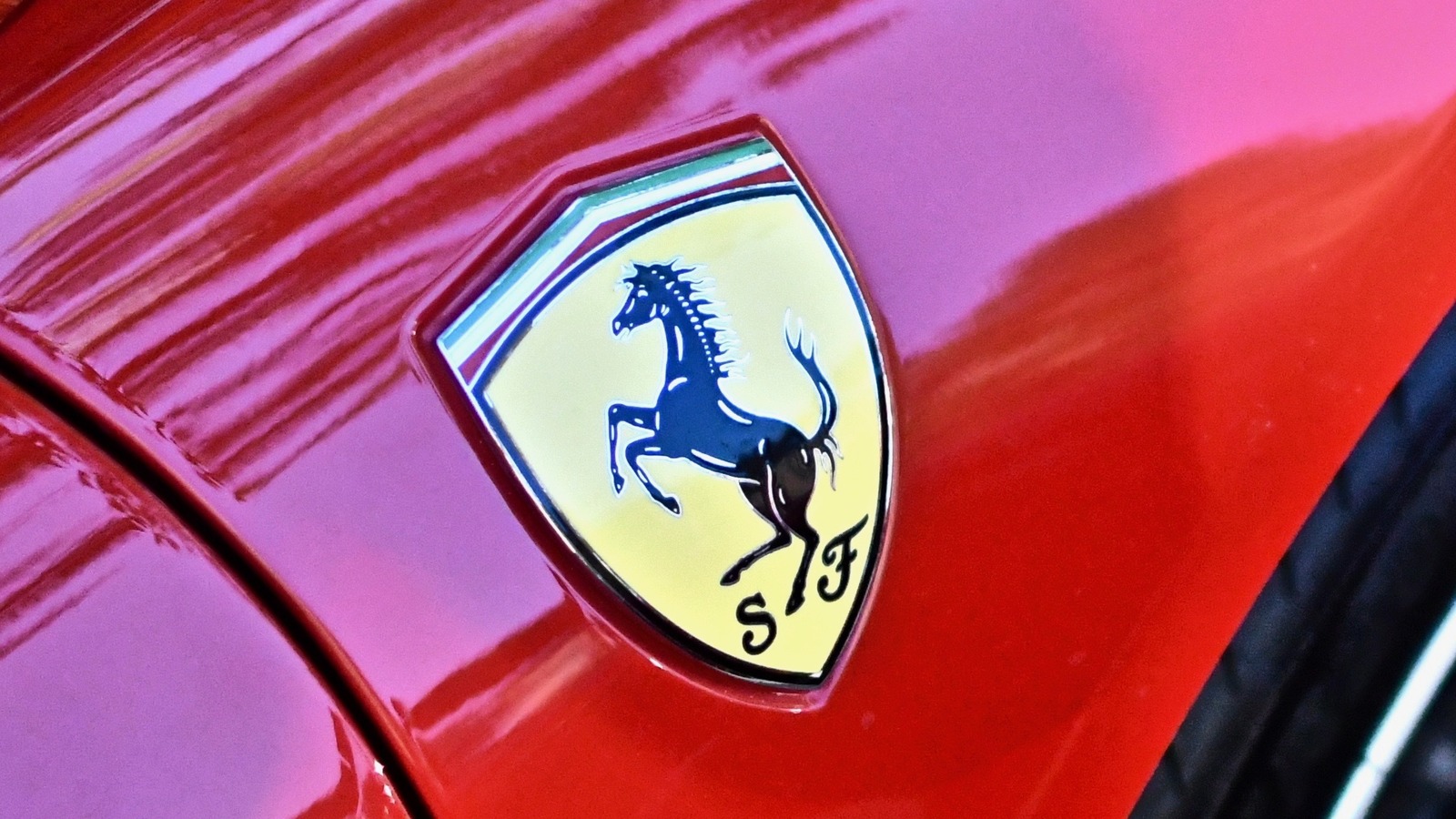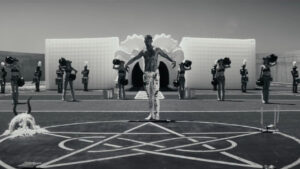The recent history of Ferrari, a name synonymous with unparalleled automotive luxury, reveals a fascinating shift in ownership structure. According to reports from Jalopnik, the company’s transition from Fiat’s control to public ownership in 2015 represents a significant milestone in the brand’s evolution. This shift, while seemingly a straightforward corporate maneuver, offers a unique lens through which to examine the enduring appeal and future trajectory of this prestigious marque. The democratization, to a degree, of Ferrari ownership through public shares speaks volumes about the brand’s robust financial performance and its enduring position as a blue-chip investment in the luxury sector. This development, noted by industry analysts, underscores the strength of the Ferrari brand and its ability to consistently attract high-net-worth individuals as both consumers and investors.
Beyond the financial implications, the public ownership structure allows for a deeper exploration of Ferrari’s manufacturing processes. Jalopnik highlights the locations where these iconic vehicles are crafted, a process shrouded in an aura of exclusivity and precision. The meticulous craftsmanship involved in the production of each Ferrari reinforces its position not just as a mode of transportation, but as a rolling sculpture, a testament to Italian artistry and engineering prowess. Industry sources suggest that Ferrari’s commitment to maintaining its manufacturing facilities in Maranello, Italy, signals a dedication to preserving its heritage and ensuring the consistent quality associated with the brand. This strategy, analysts note, contributes significantly to the perceived value and exclusivity of each Ferrari model. The connection between location, heritage, and the final product is a key component in the brand’s premium positioning within the luxury automotive market.
The strategic decisions surrounding Ferrari’s manufacturing and ownership structure are further enriched by examining the broader context of the luxury goods market. The brand’s success reflects a larger trend in the luxury sector: the increasing importance of brand heritage and authenticity in driving consumer demand. “The answer to the question of who owns Ferrari now is, awesomely, ‘You’,” according to Jalopnik. This statement, while seemingly simple, reflects a deeper shift in the relationship between luxury brands and their consumers. The public ownership of Ferrari allows a broader range of high-net-worth individuals to participate directly in the brand’s success, fostering a sense of shared ownership and further reinforcing the brand’s prestige. This model is increasingly replicated in other sectors of the luxury market, highlighting a strategic shift towards greater transparency and engagement with discerning clientele.
The precise details regarding production capacity and output at the Maranello facility are often closely guarded, contributing further to the aura of exclusivity surrounding the brand. This strategic opacity, coupled with controlled production numbers for specific models, ensures that each Ferrari retains its value and desirability within the highly competitive luxury automotive market. Industry experts point to the consistent resale value of Ferrari models as a key indicator of the brand’s enduring appeal and its capacity to hold its worth over time, a testament to the quality of its construction and the enduring appeal of its design. Such high resale values, further fueled by the brand’s racing heritage and exclusivity, solidify its position as a significant investment for collectors and enthusiasts alike.
Looking ahead, Ferrari’s strategic blend of public ownership, meticulously controlled production, and unwavering commitment to its Italian heritage positions the company for continued success in the ever-evolving luxury market. The brand’s future likely hinges on its ability to innovate while preserving its core identity, a delicate balance that requires both visionary leadership and a deep understanding of its discerning clientele. Reports suggest that Ferrari will continue to focus on developing hybrid and electric models while upholding the brand’s legendary performance and design aesthetics. This ongoing strategy, combined with the brand’s robust financial performance and increasingly diversified investor base, assures that Ferrari will continue to represent the pinnacle of automotive excellence for years to come.
Credit(s): Who Owns Ferrari, And Where Does It Build Its Cars?
This article was created with assistance from AI technology and has been reviewed by our editorial team to ensure accuracy and compliance with our content standards.











